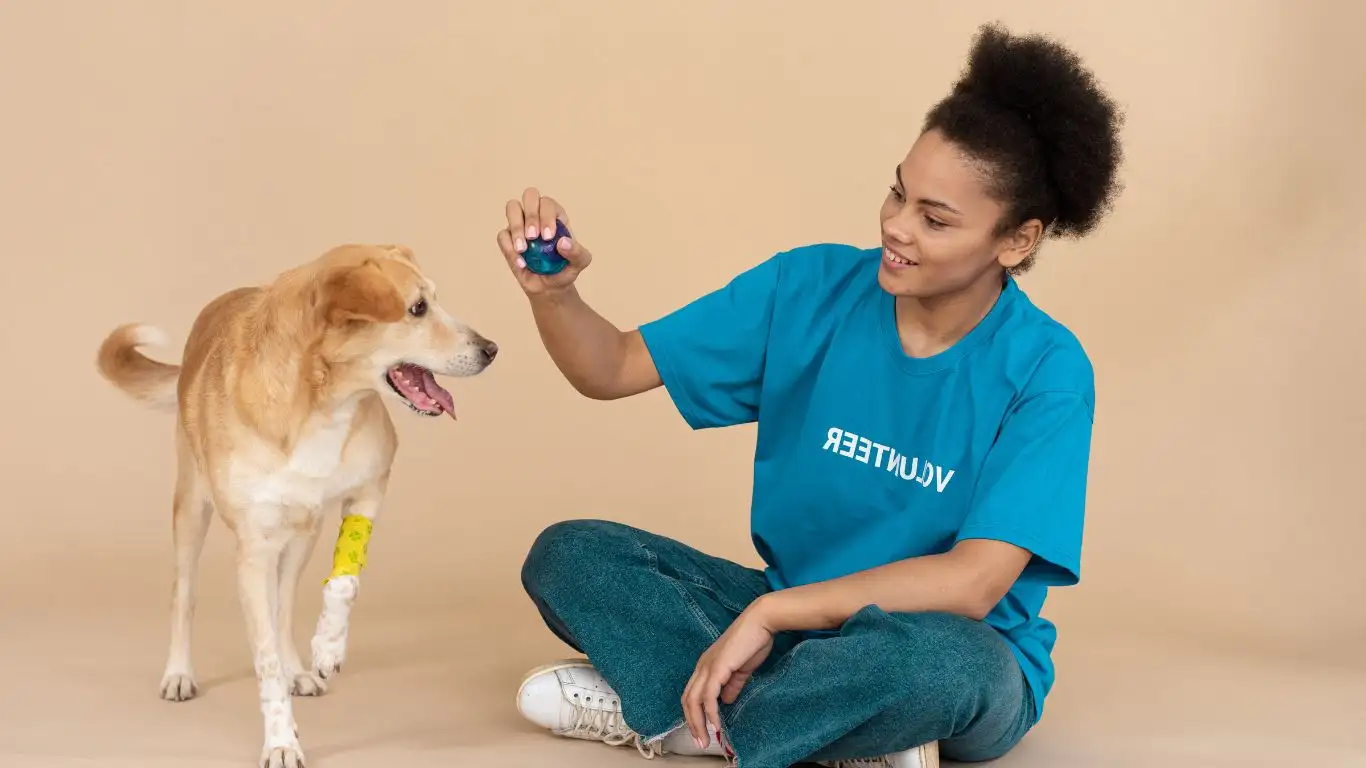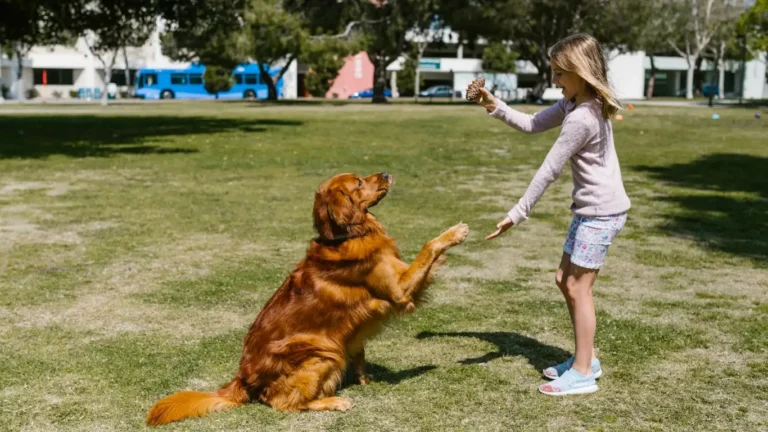How to Train a Dog to Stop Barking in the Car: Easy, Effective Techniques
As a Canine-Assisted Therapy Trainer, I’ve seen dogs of all temperaments and behaviors, but one common challenge that many dog owners face is how to train a dog to stop barking in the car. Whether it’s a constant yapping at every passing car or loud barking at the slightest noise, it can make driving a stressful experience for both you and your dog. But don’t worry, you’re not alone in this! In fact, it’s a problem that can be resolved with the right approach and a bit of patience. And if you’re here reading this, chances are you want to improve your dog’s car manners, and I’m here to guide you through it. In this article, I’ll be sharing practical tips, strategies, and insights drawn from my experience training dogs in therapy settings. So, buckle up and let’s dive into how you can finally enjoy a peaceful car ride with your dog.
Understanding Why Dogs Bark in the Car

Before we jump into solutions, it’s essential to understand why your dog is barking in the first place. Dogs can bark for many reasons, and knowing the root cause of your dog’s behavior is the first step in figuring out how to correct it. Let’s take a look at some of the common reasons dogs bark while in the car:
- Excitement: For some dogs, car rides are associated with fun, whether it’s going to the park or a trip to the vet. This excitement can lead to barking as they’re eager to get to their destination.
- Fear or Anxiety: Many dogs associate car rides with negative experiences, like trips to the vet or grooming appointments. This can create anxiety, leading them to bark nervously.
- Territorial Behavior: Some dogs bark at other cars, pedestrians, or animals that they see while driving. This behavior often stems from a sense of territoriality, especially in dogs who are naturally protective of their environment.
- Attention-Seeking: If your dog realizes that barking gets your attention, even if it’s negative, they may continue to bark as a way to communicate with you. This is especially common in dogs who haven’t been trained to understand boundaries.
Knowing what triggers your dog’s barking will help you create a more targeted plan. In my experience, many dogs bark because they’re either anxious or excited, and sometimes a mix of both! Once you understand the trigger, you can take the next step toward finding the right solution.
Start with Basic Training: Set the Foundation
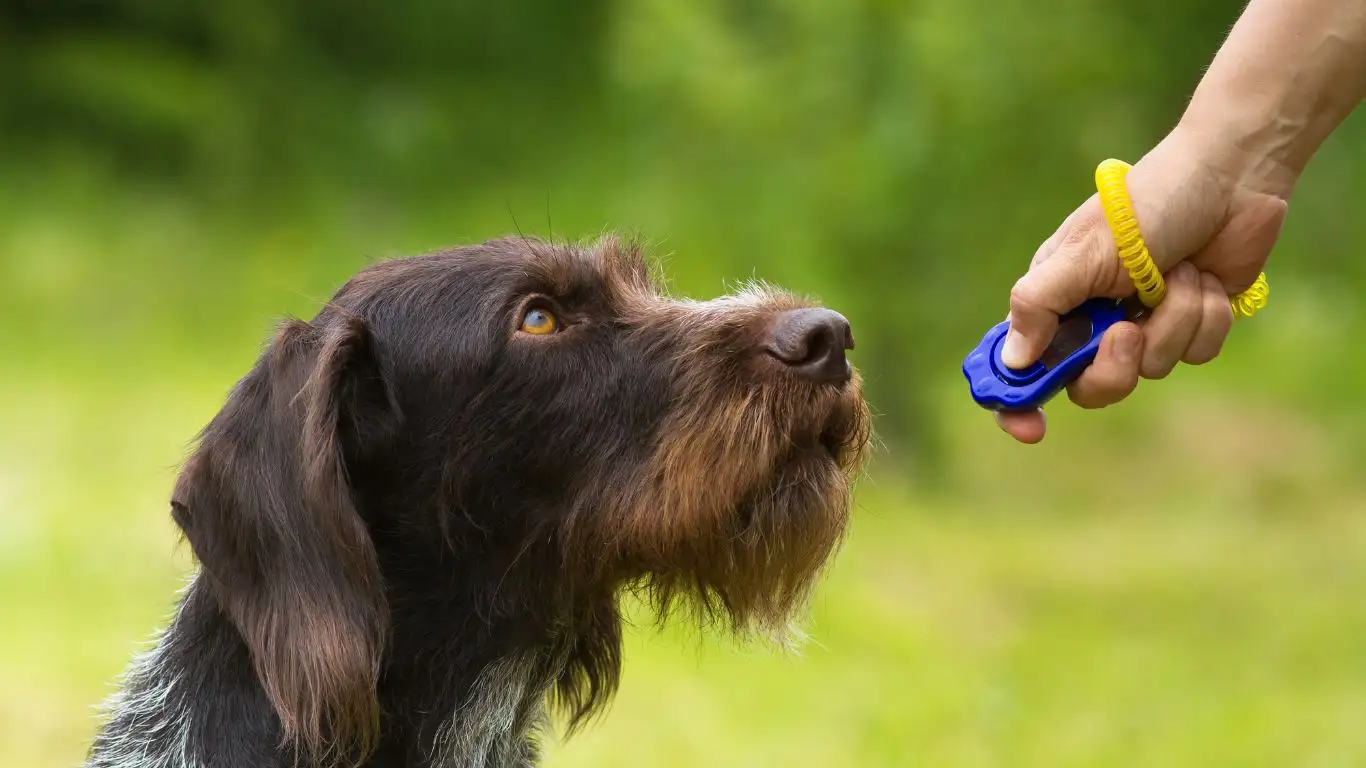
The foundation of any successful dog training program starts with establishing clear expectations. When it comes to car barking, this means creating boundaries and ensuring that your dog understands their role in the car. Here’s how to begin:
1. Teach the “Quiet” Command
One of the most effective ways to stop barking is to teach your dog the “quiet” command. This is especially useful for dogs that bark at the slightest noise. Here’s how you can train this command:
- Get your dog’s attention: Wait for your dog to start barking (or before they start barking), and say the word “quiet” in a calm, firm voice.
- Reward silence: As soon as your dog stops barking, even if it’s for just a second, reward them with a treat and praise. This reinforces the idea that being quiet brings positive outcomes.
- Practice regularly: Practice this command during calm moments in the house, so your dog can connect the word “quiet” with the behavior you want them to display.
Remember, consistency is key! It’s important to use the same command and the same reward system every time. Over time, your dog will learn that barking is not the way to get attention, and staying quiet is the path to rewards.
2. Create a Calm Environment in the Car
The car can be a stressful place for your dog, especially if they’re not used to long rides or have had negative experiences in the car. Creating a calming environment can help reduce barking caused by anxiety or fear. Here’s how you can make the car a more enjoyable place for your dog:
- Use calming scents: Aromatherapy sprays or essential oils like lavender can have a calming effect on dogs. You can find products specifically designed for pets to help them relax.
- Provide comfort: A comfy seat cover or a familiar blanket can help your dog feel more at ease. The scent of home can help soothe their nerves.
- Play calming music: Soft, classical music or calming tunes can help mask external sounds and create a soothing environment inside the car.
By making the car ride as relaxing as possible, your dog may be less likely to react to the sounds or sights outside the window, which is a common trigger for barking.
Establish a Routine to Build Confidence
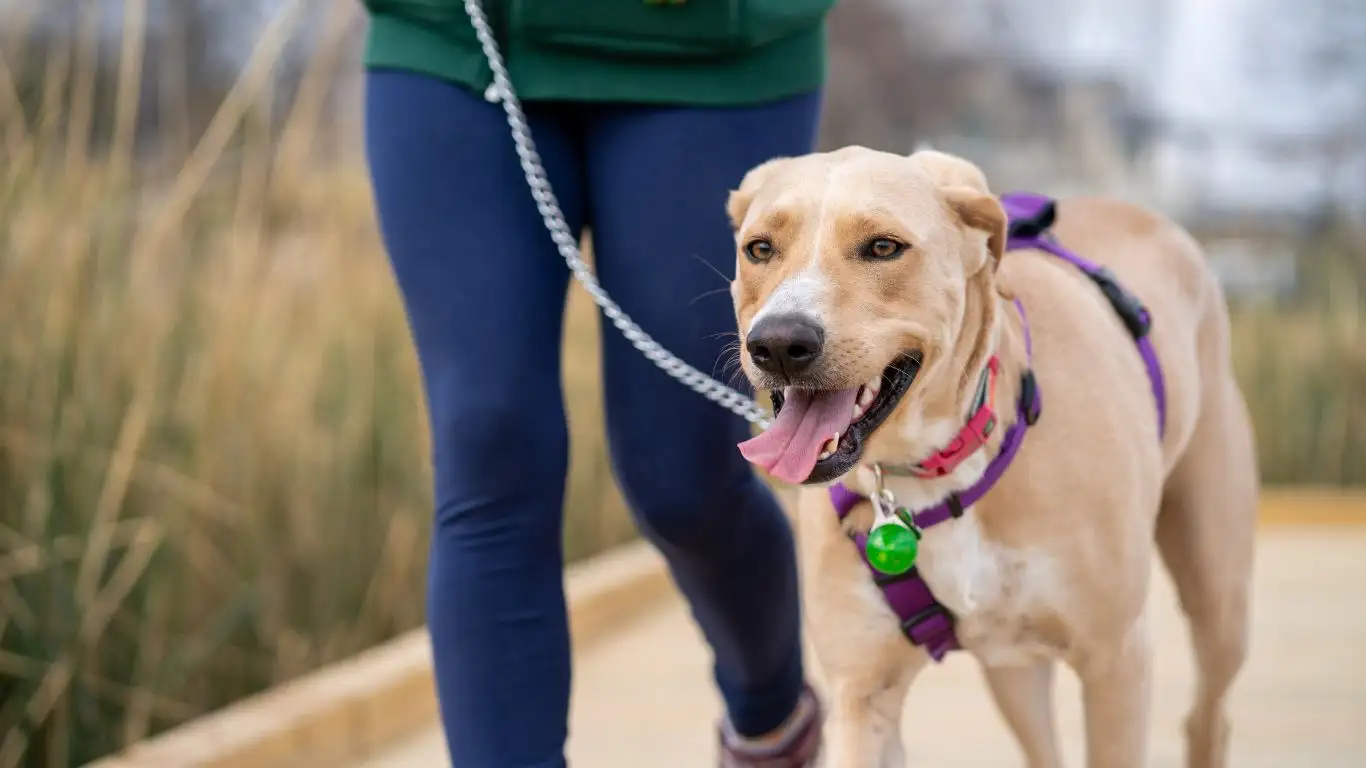
Dogs thrive on routine, and having a predictable car routine can help them feel more confident and secure. Here’s how you can build that routine:
1. Start with Short Trips
If your dog is not used to long car rides, it’s best to start with short trips. Begin with a few minutes around the block or a quick drive to a nearby park. This helps your dog get used to the car environment without overwhelming them.
2. Gradually Increase the Length of the Ride
Once your dog gets comfortable with short rides, you can slowly increase the length of your trips. Over time, your dog will learn that the car is not a place of fear or excitement, but simply another part of their routine.
As you progress, remember to keep your dog calm and reward them for quiet behavior. This will reinforce the positive behavior you want to see in the future!
Positive Reinforcement: Rewarding Calm Behavior
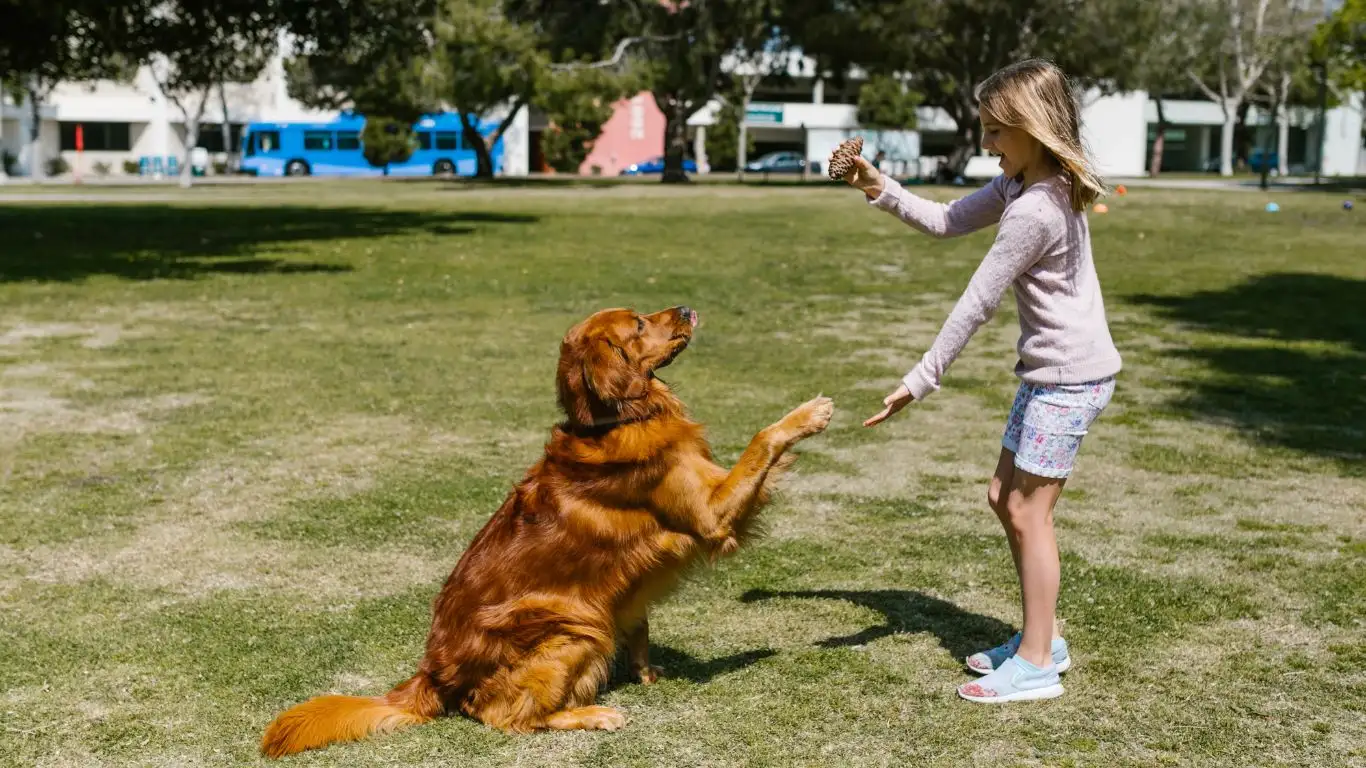
One of the most effective methods for teaching your dog to stop barking in the car is by using positive reinforcement. This technique is all about rewarding your dog for calm behavior, which teaches them that being quiet and relaxed in the car leads to positive outcomes. It’s a win-win situation, both for you and your furry friend!
1. Reward Quiet Moments
Whenever your dog is calm or quiet, even for just a few seconds, be sure to reward them with a treat or praise. In my experience, this works wonders. When I’m training dogs in therapy settings, I always remind owners that positive reinforcement isn’t just about treats—it’s about reinforcing the calm moments. Your dog is likely barking because they’ve learned that it gets them attention. But when you reward them for staying quiet, they start to understand that this behavior is what you’re looking for.
The key here is timing. You want to give your dog the treat or praise immediately after they stop barking, so they can connect the quiet behavior with the reward. Over time, they’ll associate calmness in the car with something good happening, and the barking will decrease.
2. Use High-Value Treats
Some dogs are picky about their rewards, and in such cases, using high-value treats—those that are particularly tasty and irresistible to your dog—can make a huge difference. I’ve found that when I use something extra special, like a small piece of chicken or cheese, dogs are more likely to respond quicker to the quiet command. The special treat will create a stronger association with the good behavior you want to encourage.
Don’t forget to also offer verbal praise and affection along with the treat. Dogs thrive on attention from their owners, so when you shower them with affection during calm moments, they feel even more validated.
Distractions: Reducing External Triggers
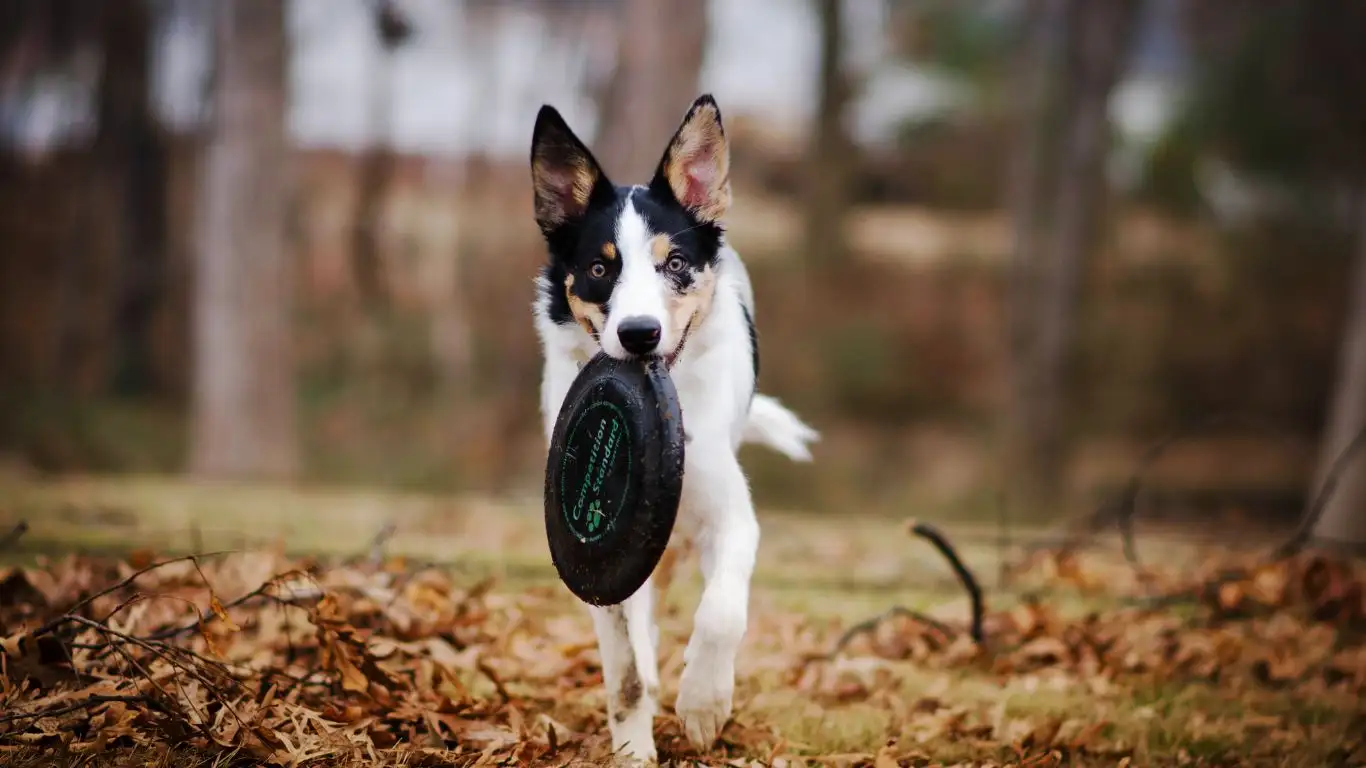
Another common reason dogs bark in the car is due to external distractions. Things like other cars, animals, or even pedestrians can trigger your dog’s barking. By limiting these distractions, you can help your dog remain calm and focused. Let’s explore how you can minimize the things that make your dog bark.
1. Use a Dog Car Seat Cover or Barrier
If your dog is particularly reactive to things they see outside, a simple solution could be using a dog seat cover or a barrier. A barrier, like a pet partition or a dog booster seat, can block your dog’s view of the outside world. This prevents them from seeing passing cars or pedestrians, which are often the triggers for barking. I’ve seen this method work wonders in calming down overly alert or territorial dogs.
Additionally, using a dog seat cover can create a sense of familiarity, as it provides a consistent space for your dog to relax. Familiarity and routine are key to helping them stay calm in the car.
2. Keep Your Dog Occupied
Sometimes, boredom can be another culprit behind car barking. If your dog is left to their own devices during a car ride, they might start barking out of sheer boredom. To combat this, you can give them something to do while you drive. A safe, durable chew toy or a treat-dispensing puzzle can keep your dog occupied and help redirect their attention from the outside world.
In my experience, puzzle toys are fantastic because they require your dog to focus on solving a problem, which naturally reduces their urge to bark. Plus, they get a little mental stimulation, which is great for their overall well-being.
Desensitization: Gradually Reducing Anxiety

If your dog’s barking in the car is a result of anxiety, desensitization can be an excellent approach. This method involves gradually exposing your dog to the car and the car ride process, allowing them to get used to it at their own pace. It’s a gradual process that helps your dog associate the car with positive experiences, rather than stress or fear.
1. Start with Short, Calm Sessions
To begin the desensitization process, I recommend starting with short, calm sessions in the car. Park the car in a quiet spot and simply sit inside with your dog for a few minutes. You don’t need to drive anywhere at first. Allow your dog to become comfortable being in the car without the added stress of motion.
While in the car, provide treats and praise for calm behavior. Make sure to keep the environment calm, with no loud noises or distractions. Over time, your dog will begin to associate the car with positive experiences and will feel less anxious during car rides.
2. Gradually Increase the Length of Time in the Car
As your dog becomes more comfortable with short car sessions, start to extend the amount of time they spend in the car. Take a few short trips around the block, gradually building up to longer drives. During this process, make sure to reward calm behavior and ensure that the car ride is a positive experience.
The goal is to slowly build your dog’s confidence in the car, which will ultimately reduce anxiety and the need to bark. Patience is key here—don’t rush the process, as it can take some time for anxious dogs to become comfortable with the car.
Consistency is Key
As with any dog training method, consistency is absolutely crucial when teaching your dog how to stop barking in the car. In my experience, it’s not enough to try a few techniques here and there and hope for the best. You need to consistently reinforce calm behavior during every car ride. This means applying the same techniques, rewards, and patience each time your dog is in the car.
Remember, training doesn’t happen overnight. It may take a few weeks or even months for your dog to fully grasp the concept and stop barking altogether. The more consistent you are, the better results you’ll see in the long run.
When to Seek Professional Help

While most dogs can be trained to stop barking in the car with patience and consistent effort, there are situations where seeking professional help may be necessary. If you’ve tried various methods and your dog’s barking continues despite your best efforts, it might be time to consult a professional dog trainer or behaviorist.
1. Severe Anxiety or Fear
If your dog’s barking is rooted in severe anxiety or fear, a professional trainer experienced in anxiety-based behaviors can be incredibly helpful. I’ve worked with dogs who were so terrified of car rides that they’d shake, drool, or even vomit from stress. In cases like these, it’s essential to address the underlying anxiety before you can effectively stop the barking.
A professional trainer can work with you and your dog using specialized techniques, such as counter-conditioning, desensitization, and relaxation techniques. These strategies are tailored to help dogs feel safe and secure in the car without relying solely on basic commands.
2. Aggressive or Dangerous Behavior
In rare cases, dogs may bark in the car due to aggressive behavior, such as growling or lunging at other drivers, passengers, or animals outside. This is a more serious issue and requires expert intervention. If your dog’s barking escalates to aggression, it’s crucial to seek help from a certified professional who specializes in behavior modification for aggressive dogs.
Don’t wait until the behavior becomes dangerous. A professional will assess the situation and create a customized plan to address the aggression and prevent any potential harm.
Additional Tips for Safe and Comfortable Car Rides
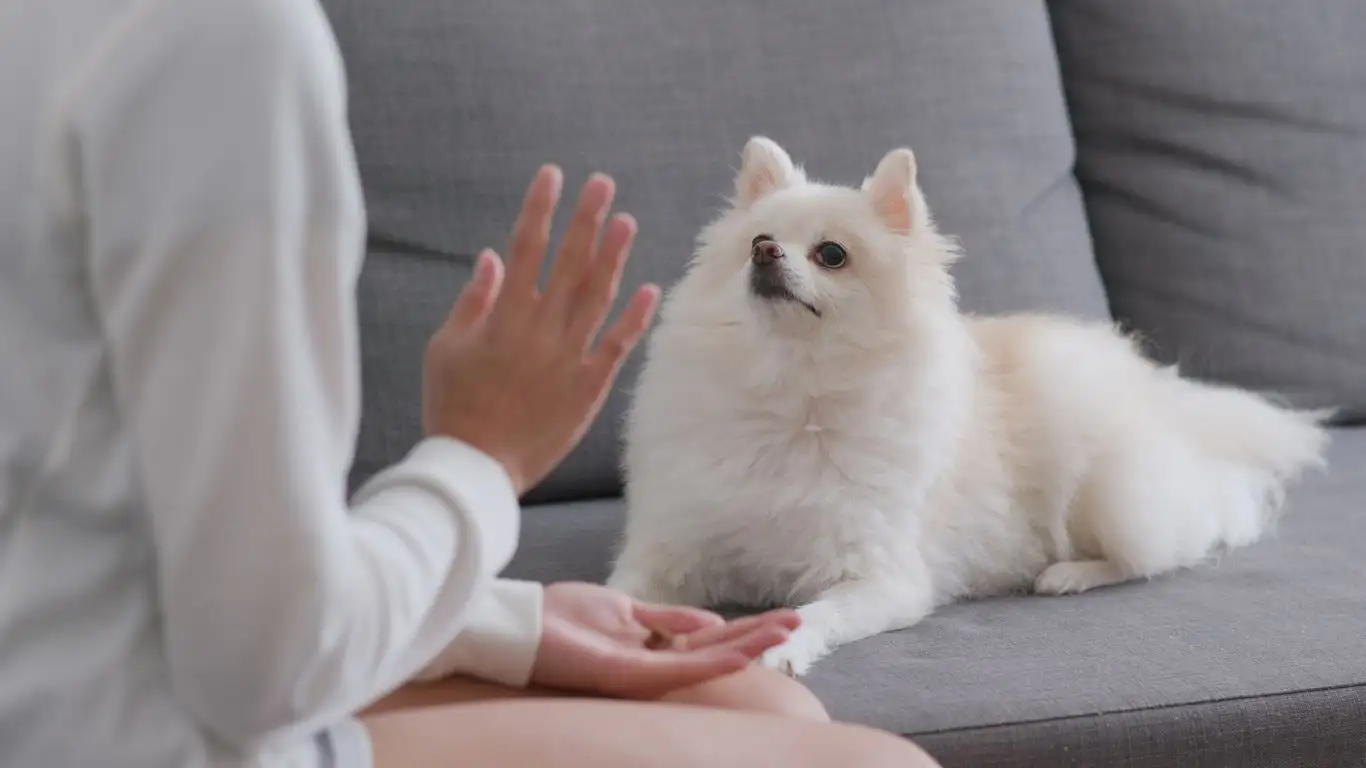
While you work on training your dog to stop barking in the car, there are a few more things you can do to make the entire car ride more enjoyable and safe for both you and your pet. These tips can help minimize distractions, reduce stress, and ensure that your dog is comfortable during every journey.
1. Ensure Proper Restraint
One of the most important things you can do for your dog’s safety is to make sure they are properly restrained during car rides. Not only does this prevent them from moving around and becoming more anxious, but it also keeps them safe in the event of an accident. There are a few different options for restraining your dog during the ride:
- Dog Seat Belt Harness: These harnesses are designed to fit snugly and attach directly to your car’s seatbelt. They provide safety and help keep your dog in place during the ride.
- Dog Carrier or Crate: If your dog is small enough, a crate or carrier can be a great option. It’s secure, comfortable, and ensures they don’t move around too much.
- Pet Barrier: For larger dogs, a pet barrier can prevent them from jumping between the seats or distracting the driver. This helps create a calm and focused environment in the car.
Having your dog properly restrained not only helps reduce anxiety but also minimizes the risk of accidents or injury. It’s a simple step that can make a big difference in your dog’s car behavior.
2. Create Positive Associations with the Car
Another great tip is to create positive associations with the car. I’ve found that dogs who have fun or relaxing experiences during car rides are more likely to enjoy them. Here are some ways to help your dog associate the car with good things:
- Take Frequent Short Trips: Even if you don’t have a specific destination, taking your dog on short trips around the neighborhood can help them get used to the car and associate it with something enjoyable.
- Give Treats in the Car: While your dog is in the car, offer them treats, toys, or chew items that they enjoy. These small rewards can help them see the car as a place where they get special things.
- Go to Fun Places: Take your dog to fun and exciting locations like dog parks or pet-friendly stores. These trips will make your dog look forward to being in the car and reduce any apprehension they may have.
By making the car a positive and enjoyable experience, your dog will begin to feel more comfortable and less likely to bark out of nervousness or uncertainty.
Conclusion: Patience, Consistency, and Understanding
Training your dog to stop barking in the car is not something that happens overnight. It takes time, patience, and consistent effort. However, with the right techniques, the proper tools, and a little bit of creativity, you can help your dog enjoy car rides without the stress and frustration of constant barking.
Remember, every dog is different. What works for one dog might not work for another, and it’s important to be flexible and adjust your approach based on your dog’s unique personality and needs. Whether you’re using positive reinforcement, desensitization, or distraction techniques, the key is to stay calm, be patient, and celebrate the small victories along the way.
If you ever feel stuck or unsure, don’t hesitate to reach out to a professional dog trainer for additional support. With the right help and mindset, you’ll both be cruising in peace in no time!
Disclaimer: This article provides general tips and recommendations for training your dog to stop barking in the car. Each dog is different, and results may vary. If your dog’s behavior persists or escalates, please consult with a professional dog trainer or behaviorist for personalized guidance.
For more helpful tips and dog training advice, visit American Kennel Club.
